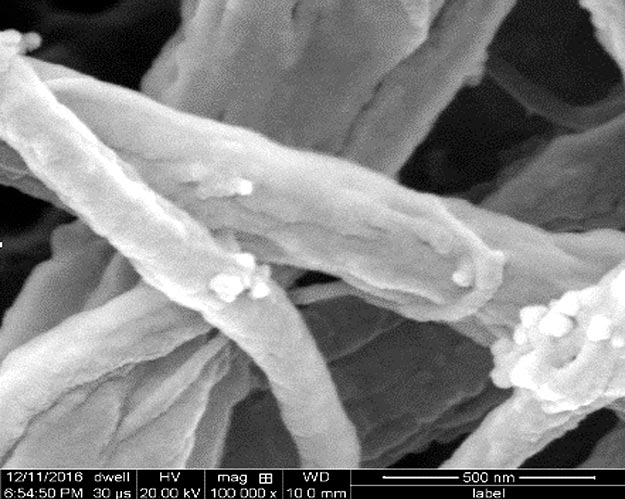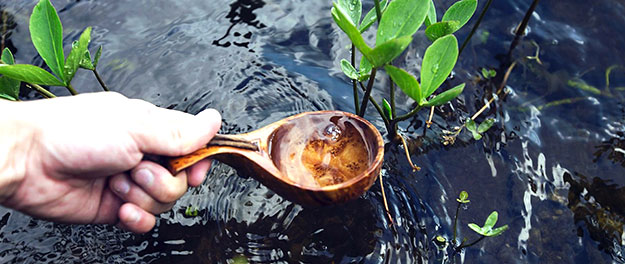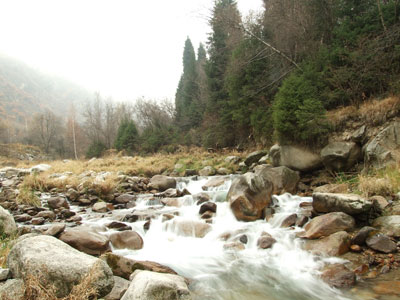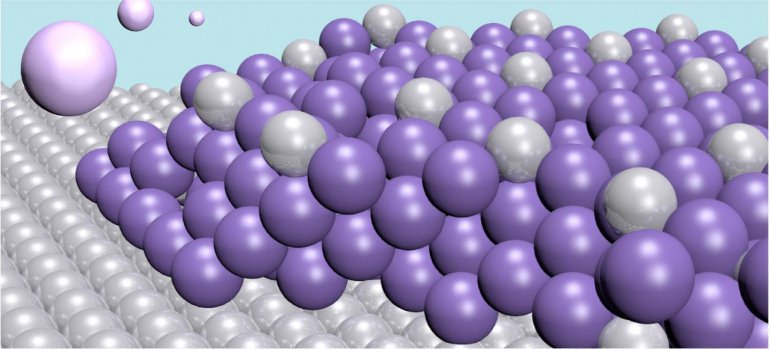The researchers, who have recently published the findings in Physical Review Letters, have confirmed how this phenomenon occurs in granular fluids, that is, those composed of particles that are very small and interact among those that lose part of their kinetic energy. Thanks to this theoretical characterization, “we can simulate on a computer and make analytical calculations to know how and when the Mpemba effect will occur,” said Antonio Lasanta. Lasanta is from the UC3M Gregorio Millán Barbany University Institute for Modeling and Simulation on Fluid Dynamics, Nanoscience and Industrial Mathematics. “In fact,” he said, “we find not only that the hottest can cool faster but also the opposite effect: the coldest can heat faster, which would be called the inverse Mpemba effect.”
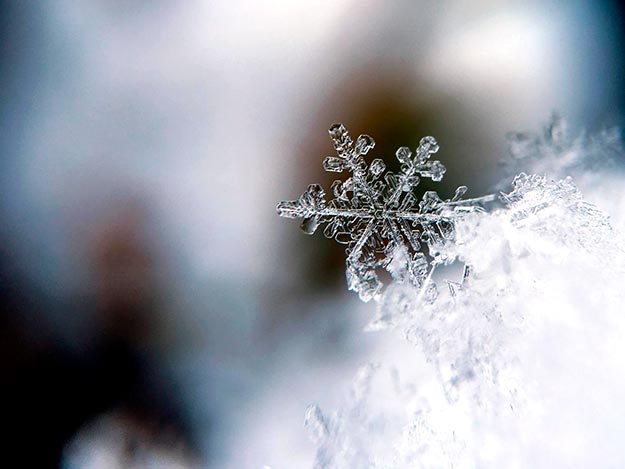
The fact that preheated liquids freeze faster than those that are already cold was observed for the first time by Aristotle in the 4th century AD. Francis Bacon, the father of scientific empiricism, and René Descartes, the French philosopher, were also interested in the phenomenon, which became a theory when, in 1960, a Tanzanian student named Erasto Mpemba explained to his teacher in a class that the hottest mixture of ice cream froze faster than the cold one. This anecdote inspired a technical document about the subject, and the effect began to be analyzed in educational and science magazines. However, its causes and effects have hardly been studied until now. Read more

